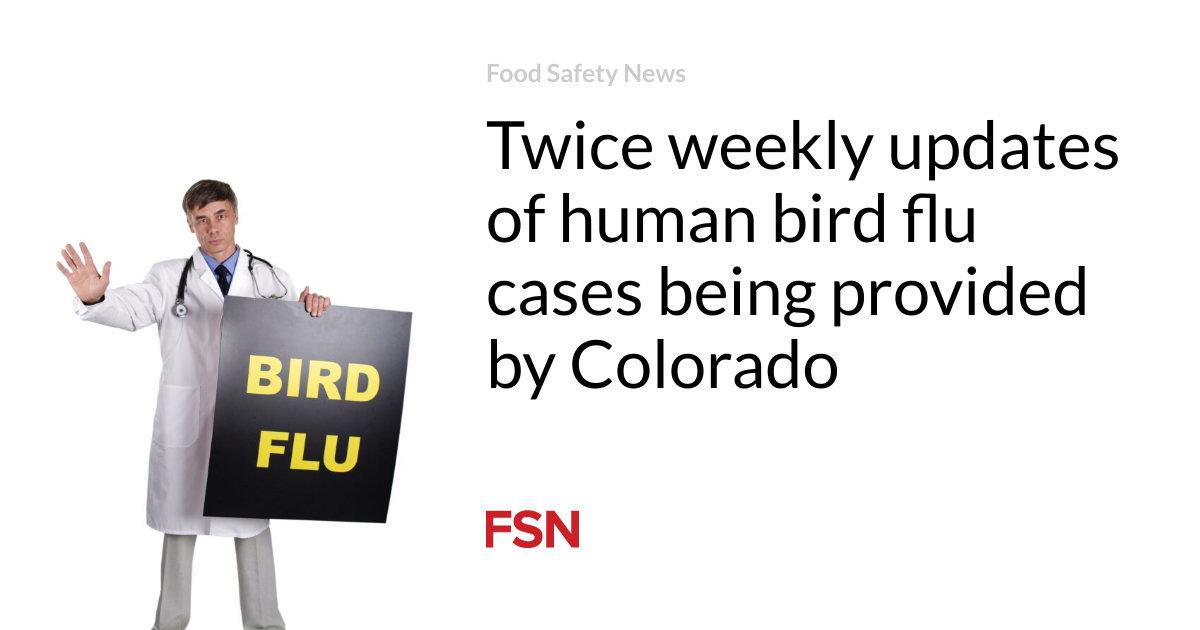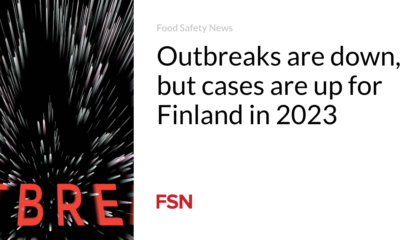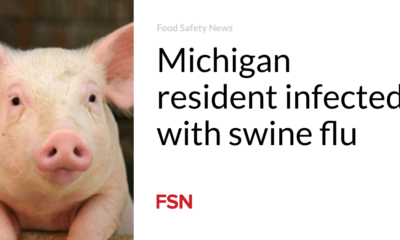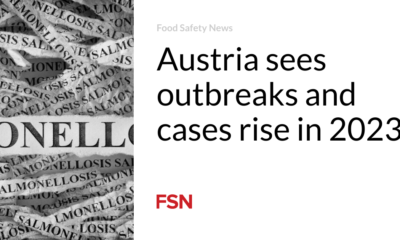Food
Twice weekly updates of human bird flu cases across Colorado

Colorado reported three new cases of bird flu among agricultural workers in Weld County last week. This week, the Colorado Department of Public Health and Environment has a data table to track cases of bird flu in humans. The table will be updated on the CDPHE website every Tuesday and Thursday at 4:00 PM.
CDPHE, the Colorado Department of Agriculture and the State Emergency Operations Center have had a difficult July. It became the first state to mandate testing of all commercial dairies. Colorado reports 47 cow herds with bird flu infections and 33 commercial poultry flocks, resulting in the loss of 6.3 million birds.
Mandatory statewide oversight for all commercial cow dairies licensed by the Colorado Department of Public Health and Environment (CDPHE) began July 22 by order of the state veterinarian.
“We have been dealing with this challenging new outbreak of HPAI in Colorado dairies for almost three months and have not been able to contain the spread of the disease at this time,” said Dr. Maggie Baldwin, state veterinarian. “We have seen devastating impacts from this disease, not only on our dairy industry, but also on our poultry industry. With the strong support of the dairy and poultry industries, we believe this is the best next step protect these vital industries in our state.”
The three new cases from a second farm in Weld County brought the total number of confirmed human cases of bird flu in Colorado to 10: nine cases at two poultry farms and one case at a dairy farm.
The Centers for Disease Control and Prevention (CDC), which sent a team to assist Colorado, continues to monitor the situation nationally and notes that:
- H5 bird flu is widespread among wild birds worldwide, causing outbreaks in poultry and American dairy cows. Several recent human cases have been reported in workers in the U.S. dairy and poultry industries.
- While the current public health risk is low, the CDC is closely monitoring the situation and working with states to monitor people exposed to animals.
- CDC uses its surveillance systems to monitor H5 bird flu activity in humans.
The CDC ‘scoreboard’ charts the rising numbers: commercial poultry losses have surpassed 100 million birds in 48 states since early 2022, cow herd infections since March total 171, avian flu in 9,555 wild birds have reached all 50 states,
The virus has spread among poultry and dairy cattle. Colorado health officials have also identified it in farmworkers directly exposed to infected livestock and poultry.
There is currently no evidence of person-to-person spread. CDPHE has this advice for the Colorado public:
Common symptoms of bird flu in humans include, but are not limited to:
- Redness of the eyes (or pink eye)
- Fever (temperature of 100ºC [37.8ºC] or greater) or feeling feverish
- Cough
- A sore throat
- Runny or stuffy nose
- Muscle or body pain
- Headache
- Fatigue
- Shortness of breath or difficulty breathing
Animals do not normally spread bird flu to people, and it does not usually spread from person to person. Although there are no known cases of the current H5N1 bird flu virus spreading between people, public health officials are monitoring people after exposure to infected animals.
Flu medications (antivirals) can treat bird flu in humans. In general, treatment works best if it is started as soon as possible after the onset of symptoms.
(To sign up for a free subscription to Food Safety News, click hhonor.)













